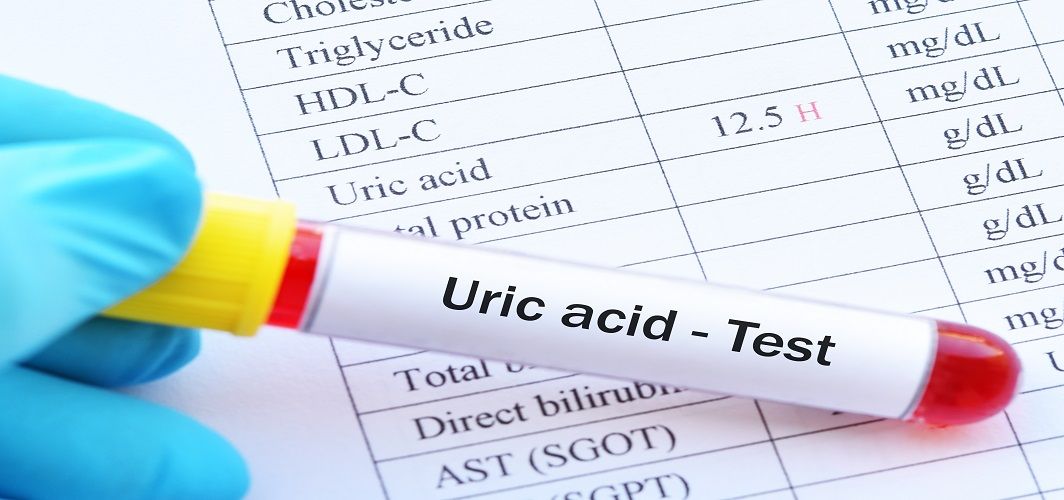General Health
Here’s The Difference Between Adenovirus, H3N2 Virus And COVID-19 Infection
4 min read
By Apollo 24|7, Published on - 22 March 2023, Updated on - 21 June 2023
Share this article
0
39 likes

Currently, more and more viral infections are being reported in India every day. A variety of viruses are spreading throughout the country, making it difficult for people to differentiate between the overlapping symptoms caused by these infections. It is predicted that the H3N2 influenza virus, COVID-19, and adenovirus together will lead to thousands of hospitalisations in the coming months if left unmonitored. With so much confusion between these three viral infections, it's difficult for people to understand what to look out for. So, here is all you need to know about the H3N2 virus, adenovirus and COVID-19.
Symptoms of H3N2 Virus, Adenovirus and COVID-19 Infections
Here is a brief summary of the major symptoms of the H3N2 virus, adenovirus and COVID-19 infections.
|
Adenovirus |
H3N2 Influenza |
COVID-19 |
|
|
|
Cause Of H3N2 Virus, Adenovirus and COVID-19 Infections
Causing contagious illnesses, the viruses mutate significantly and spread through the droplets from coughs or sneezes of an infected individual. Even though all three of these are highly transmissible respiratory diseases, they are caused by different families of viruses, marking a major distinction between these three infections.
- The COVID-19 infection is caused by the SARS-CoV-2 virus
- The H3N2 infection is caused by a subtype of the influenza virus
- The adenovirus infection is caused by the adenoviruses
Diagnostic Procedures for H3N2 Virus, Adenovirus and COVID-19 Infections
The diagnostic procedures for all these infections include:
- In the case of adenovirus, mild infections resolve on their own, while severe cases may need a doctor's assistance. This infection is diagnosed by testing a sample of your mucus by collecting swabs from the throat or nose. An RT PCR test is used to analyse the samples.
- To diagnose a COVID-19 infection, doctors take a sample of mucus by collecting swabs from the throat or nose. In the case of sputum production, a sample may be sent for testing. An RT PCR test is used to analyse the samples.
- The H3N2 infection shares some symptoms with other respiratory diseases. For this reason, diagnosing H3N2 through a physical exam is not possible. Therefore, a doctor may take samples from the throat and nose for an RT PCR test.
Treatment of H3N2 Virus, Adenovirus and COVID-19 Infections
While the causes of the three infections are different, the treatment is mostly the same. When it comes to the treatment of the H3N2 virus, adenovirus and COVID-19 infections, the general consensus is to drink plenty of fluids and get rest. Doctors often suggest steam inhalation and antipyretics to relieve fever. In case of severe infection, doctors can prescribe antivirals.
Preventive Measures for H3N2 Virus, Adenovirus and COVID-19 Infections
There are some measures you can take to reduce your risk of developing a viral infection, which include:
- Take a healthy and well-balanced diet to boost your immunity.
- Stay hydrated by drinking at least 2 litres of water.
- Get vaccinated against each of these infections at the earliest.
- Wear a mask whenever you step out, particularly in crowded places like metro trains and buses.
- Maintain a safe distance from infected individuals.
- Avoid sharing food and drinks with those infected with any of these diseases.
When to Seek Help?
Some of the warning signs to look out for include:
- Those suffering from a COVID-19 infection should keep an eye on their oxygen levels through oximeters and visit the emergency room if they witness a significant dip in oxygen saturation or have trouble breathing.
- In the case of H3N2 infections, excessive coughing, low oxygen saturation and breathlessness are the warning signs that would require you to visit an emergency room.
- For adenovirus, patients should check with their doctor if they experience severe respiratory distress and excessive fever.
If you experience any of the symptoms of the H3N2 virus, adenovirus or COVID-19 infections, it's advisable to consult with a doctor immediately to get an accurate diagnosis. Make sure to get yourself vaccinated against these infections as soon as possible to keep yourself and your loved ones safe. For more information,
Consult Apollo's Expert Doctors
Medically reviewed by Dr Sonia Bhatt.
General Health
Leave Comment
Recommended for you

General Health
How Do Uric Acid Levels Affect Your Health?
Did you know that too much or too little uric acid in your blood can cause a variety of health problems? Maintaining normal uric acid levels is vital for health. Read on to learn more about the effect of abnormal uric acid levels on your well-being and what you can do to keep them under control.

General Health
Weil Felix Test: Purpose, Procedure, Range and Results
Weil Felix Test helps diagnose rickettsial infections. Learn about its purpose, procedure, normal range, and how to interpret the test results accurately.

General Health
Diet and Nutrition Guide for Kidney Patients
Learn about the essential diet and nutrition guidelines for kidney patients to manage kidney disease effectively
Subscribe
Sign up for our free Health Library Daily Newsletter
Get doctor-approved health tips, news, and more.
Visual Stories

Science-backed Home Remedies for Burns and Blisters
Tap to continue exploring
Recommended for you

General Health
How Do Uric Acid Levels Affect Your Health?
Did you know that too much or too little uric acid in your blood can cause a variety of health problems? Maintaining normal uric acid levels is vital for health. Read on to learn more about the effect of abnormal uric acid levels on your well-being and what you can do to keep them under control.

General Health
Weil Felix Test: Purpose, Procedure, Range and Results
Weil Felix Test helps diagnose rickettsial infections. Learn about its purpose, procedure, normal range, and how to interpret the test results accurately.

General Health
Diet and Nutrition Guide for Kidney Patients
Learn about the essential diet and nutrition guidelines for kidney patients to manage kidney disease effectively
